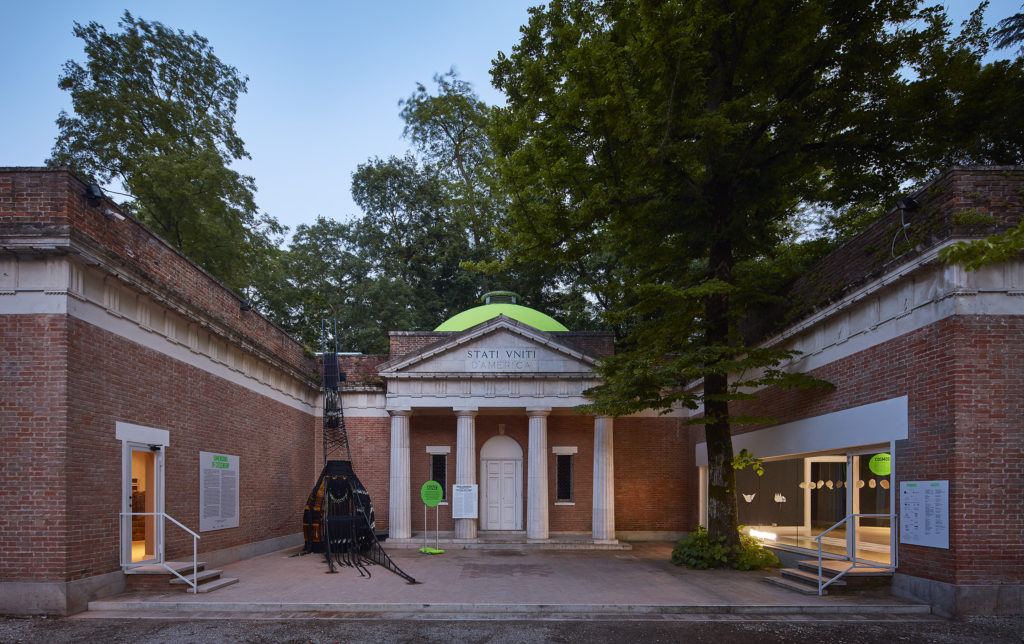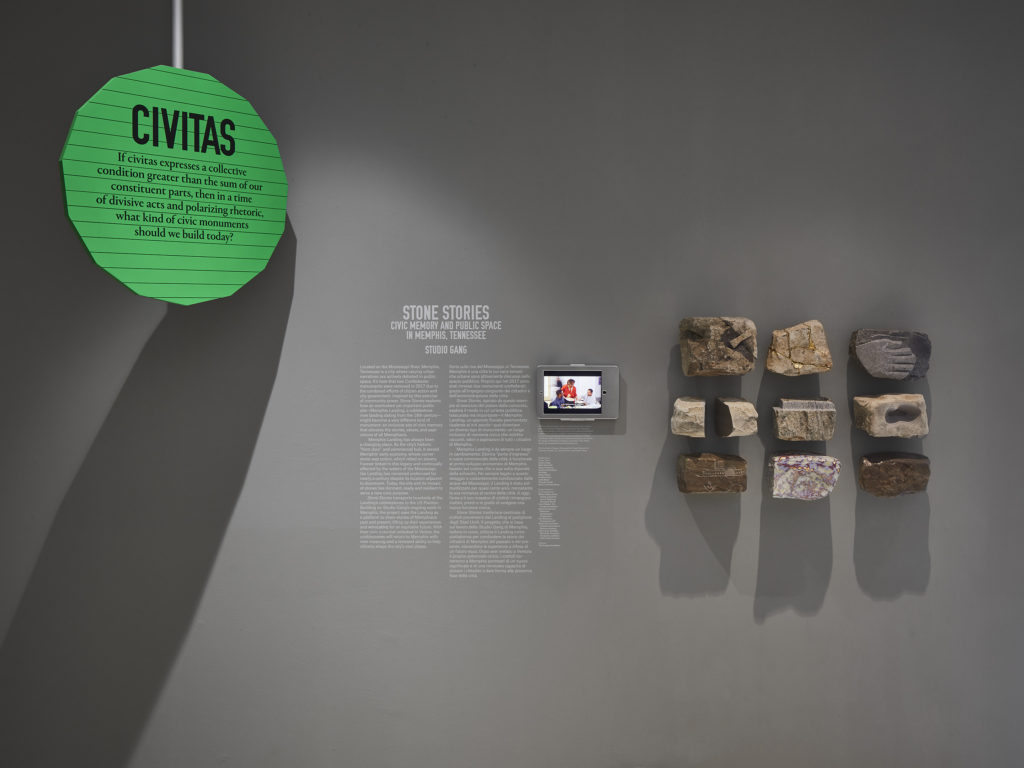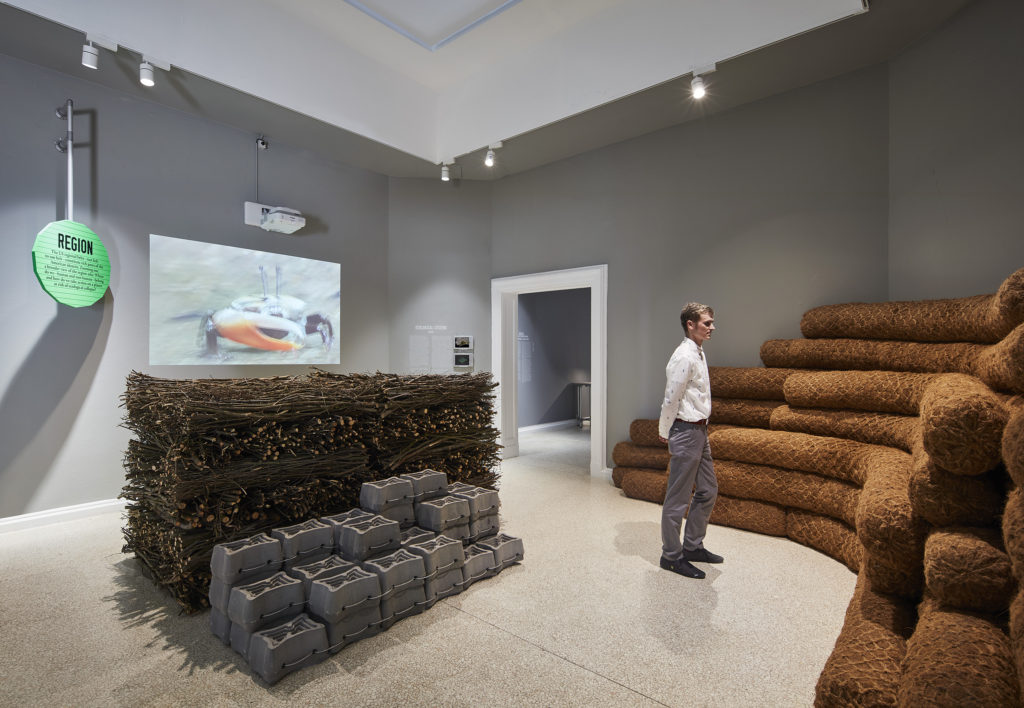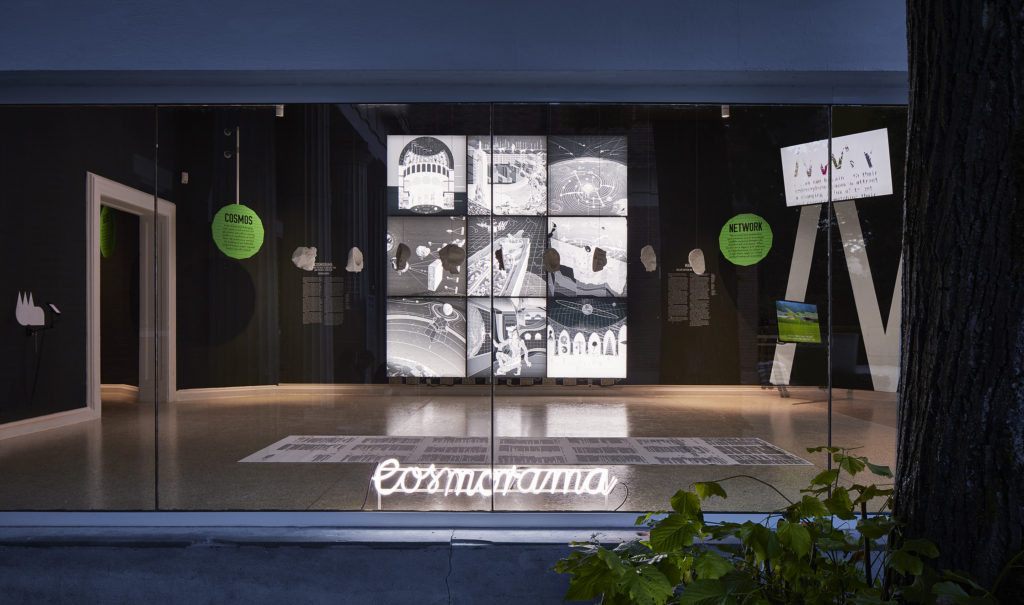Ann Lui and Craig Reschke founded Chicago-based Future Firm in 2015. The practice combines their expertise—Lui co-curated the US Pavilion for the 2018 Venice Architecture Biennial and Reschke is trained as a landscape architect—in order to envision what is on the cultural horizon and to deal directly with critical issues facing neighborhoods and communities in Chicago. Their work spans diverse scales: from events to residential and commercial buildings to urban and territorial speculations, and helps develop unorthodox approaches towards community, belonging, and public engagement in contexts where multiple stakeholders come to the table. Future Firm also currently operates The Night Gallery, a nocturnal exhibition space on Chicago’s South side, which features video and film works by artists and architects from sunset to sunrise. Their work has been exhibited at Storefront for Art & Architecture, New Museum’s Ideas City, and the Chicago Architecture Foundation and published in The Architect’s Newspaper, Chicago Architect, Mas Context and Newcity. They are a 2020-2021 recipient of Exhibit Columbus’ J. Irwin and Xenia S. Miller Prize.
US Pavilion, Venice Architecture Biennale: May 26–November 25, 2018
Wrightwood, Chicago: February 28–April 27, 2019
Curators: Niall Atkinson, Ann Lui, Mimi Zeiger, and Iker Gil
Commissioners: University of Chicago and School of the Art Institute Chicago
Participants: Amanda Williams + Andres L. Hernandez in collaboration with Shani Crowe, Studio Gang, SCAPE, Estudio Teddy Cruz + Fonna Forman, Diller Scofidio + Renfro, Laura Kurgan, Robert Gerard Pietrusko, with the Columbia Center for Spatial Research, Keller Easterling with MANY, and Design Earth
Films: Frances Bodomo, Mandana Moghaddam, David Rueter and Marissa Lee Benedict, Mika Rottenberg, and Liam Young
Exhibition and graphic design: INFO_CO
Photos: Tom Harris Read More …

Co-curators of the U.S. Pavilion at the 2018 Venice Architecture Biennale, Ann Lui and Mimi Zeiger, will give insight into the curatorial practices and research leading into Dimensions of Citizenship. Interrogating the spatial conditions of design and citizenship, their exhibition will present works by architects, designers, artists, and thinkers who are responding to today’s shifting modes of citizenship, and putting forth visions of future ways of belonging. Future Firm co-founder and School of the Art Institute of Chicago professor Ann Lui, and architecture critic Mimi Zeiger, are curating the exhibition along with University of Chicago architectural history professor Niall Atkinson, and associate curator Iker Gil, founder of MAS Context.
A&A Auditorium (room 2104)

Dimensions of Citizenship challenges architects and designers to envision what it means to be a citizen today. As transnational flows of capital, digital technologies, and geopolitical transformations expand, conventional notions of citizenship are undermined. How might architecture, then, express today’s rhizomatic and paradoxical conditions of citizenship?
The US Pavilion explores seven spatial scales: Citizen, Civitas, Region, Nation, Globe, Network, and Cosmos.These scales, telescoping from body to city to heavens, broadly position citizenship as a critical global topic. Installations by architects, landscape architects, artists, and theorists investigate spaces of citizenship marked by histories of inequality and the violence imposed on people, non-human actors, and ecologies. These works do not solve the complex relationships of governance, affinity, and circumstance that bind us. Instead, they use architecture’s disciplinary agency to render visible paradoxes and formulations of belonging.
Commissioners
School of the Art Institute of Chicago
The University of Chicago
Curators
Niall Atkinson
Associate Professor in the Department of Art History and the College, The University of Chicago
Ann Lui
Assistant Professor in the Department of Architecture, Interior Architecture, and Designed Objects at the School of the Art Institute of Chicago, and co-founder of Future Firm
Mimi Zeiger
Los Angeles-based critic, editor, and curator; faculty member in the Media Design Practices MFA program at ArtCenter College of Design
Associate Curator
Iker Gil
Lecturer in the Department of Architecture, Interior Architecture, and Designed Objects at the School of the Art Institute of Chicago, director of MAS Studio, and founder of MAS Context

Dimensions of Citizenship, the theme of the US Pavilion at the 2018 Venice Architecture Biennale, co-commissioned by the School of the Art Institute of Chicago (SAIC) and the University of Chicago, challenges architects and designers to envision what it means to be a citizen today. As transnational flows of capital, digital technologies, and geopolitical transformations expand, conventional notions of citizenship are undermined. How might architecture, then, express, and engage with today’s rhizomatic and paradoxical conditions of citizenship?
Sometimes the ending is the beginning. Curation, as with criticism, hinges between the labor of production and turning that work to face the public. As such, the opening of an exhibition represents an end point for the curatorial team and the start of an audience’s engagement with the ideas, materials, and experiences on view. Which is why, when reflecting on representation and a broad interpretation of the term to convey both the mechanical processes of display and the making seen and heard the bodies and voices structurally left out of the discourse, it makes sense to begin at the inauguration of the U.S. Pavilion at the 2018 Venice Architecture Biennale.
It’s easy to picture Philip Johnson seated in his regular booth in the Grill Room at the Four Seasons; his back to the windows, his bespectacled eyes on the door, he’s confident and at the top of his game as he presides over a room of his own design.
Now imagine him jittery and hesitant in a different room on a different coast. It’s the late 1950s and, faced with a University of California, Berkeley researcher trying to uncover the secrets to his creativity, Johnson uses his ample verbal and social gifts to upend the interview. In a typed report, the researcher would later write, “He showed many classic features of the manic: self-centered, irritable, jumpy, flight of ideas, arrogance, use of humor to defend against serious consideration of anxiety-producing topics.” Read More …


















